Movie Stars and Matadors: The Story of the Seseña Cape
By Manish Puri
In 1957, Irving Penn arrived at Villa La Californie, the Cannes residence of Pablo Picasso, for an appointment to shoot portraiture - only to be told that the man of the house wasn't in.
Undeterred, Penn instructed his assistant, Robert Freson, to scale the villa’s gate, where they found the painter lounging in a grey sweatshirt. After some persuasion, Picasso granted Penn 10 minutes to take photos, donning a felt sombrero and a dark embroidered capa given to him in 1955 by the famous bullfighter Luis Miguel Dominguín (below with Picasso).
Penn's images of Picasso have become iconic, and despite being so tightly cropped they manage to encapsulate many of the qualities of the cape: powerful, enigmatic, dramatic yet somehow coy.
The garment in question was made by Casa Seseña in Madrid, whose capes, alongside the aforementioned Picasso (who was buried wearing another Seseña cape given to him by his wife, Jacqueline Roque), have adorned the shoulders of individuals such as King Alfonoso XIII, Federico Fellini, Luis Buñuel, Marcello Mastroiani, Placido Domingo and Catherine Deneuve.
During a recent trip to the Spanish capital I paid a visit to Casa Seseña, the only shop in the world still dedicated to making capa española.
I met with Marcos Seseña (below right) - the great-grandson of the shop’s founder Santos Seseña (below left), and the fourth generation of the family to run the business. We spoke about how capes are made and who the hell is buying them today (which I’ll cover in a separate article next week), as well as Seseña’s frankly fascinating history.
Founded in 1901, Casa Seseña was one of dozens of tailors in the Sol barrio. But whilst the other outlets were beginning to abandon the cape for more modern clothing, Santos persisted with offering capes alongside suits and overcoats, and even marketed the business as specialists in this area (see advert above from the early 1900s).
The Seseña cape gained popularity among the intellectuals that gathered in the cafes lining the nearby square, Puerta del Sol. Chief among them was the radical dramatist and novelist Ramón María del Valle-Inclán, who was quite the sight in Belle Époque Madrid: his long, greying beard sat proudly atop a black cape (as seen on the cover of his biography, below).
And by the way, isn’t it fascinating how often radicals and the avant garde venerate traditional clothing and craft? Although in Valle-Inclán’s case, having lost his left arm following a brawl at Café de la Montaña, the arm-less silhouette of a traditional cape may have driven his sartorial preference: an illustration of the cape’s ability to conceal a perceived weakness while still projecting strength.
By the late 1920s, stewardship had passed to the second generation of Seseñas, Marcos’ grandfather Tomás.
Tomás (below centre) was friends with a man named Pedro Chicote (in the pinstripe double-breasted suit), a bartender at the Hotel Ritz who opened Spain’s first American cocktail bar in 1931: the eponymous Chicote on the Gran Vía (the setting for the photo).
It was at Chicote’s that Ernest Hemingway (above with Pedro) drank Papa Dobles in between penning dispatches from the Spanish Civil War for the North American Newspaper Alliance. Such was Hemingway’s fondness for the bar that it was immortalised in his short story, The Denunciation, referring to it as "one of the best bars in the world" - quite the tribute from a man who had seemingly been to most of them.
Once the war had ended, in a bid to improve Spain’s damaged international reputation and to access US dollars, Franco became something of an “unlikely patron” of Hollywood, and his regime worked with American studios (who themselves were beset by rising costs, antitrust rulings and a boom in television) to relocate productions to Spain.
Lawrence of Arabia, Doctor Zhivago and El Cid were just three of the many films shot across the country, and with it came a constellation of stars such as Ava Gardner, Cary Grant, Gary Cooper, Tony Curtis and Orson Welles (below in his signature cape) - all of whom frequented Chicote’s.
Ava Gardner was so enamoured with Spanish culture (and the matadors that bestrode it) that she spent several years living in Madrid.
While being haplessly pursued across the country by then husband Frank Sinatra, she engaged in romances with Mario Cabré (above left) and Luis Miguel Dominguín (who gave Picasso his cape, above right) - both bullfighters, both fine dressers, and both, of course, customers of Seseña.
A perplexed Humphrey Bogart remarked to Gardner that “most women would be willing to drag themselves at [Sinatra’s] feet, yet you go around with a guy who dresses up in a cape and ballet shoes”.
As Chicote’s parties raged into the small hours and the torrid affairs scorched bed sheets across the capital, Tomás was there selling Seseña capes to one and all from his shop on Calle de Espoz y Mina (captured above by Brassaï in 1950).
Gardner, Grant, Cooper, Curtis, Hemingway - all became customers. A modest garment for immodest times.
The starry clientele helped bring Seseña capes to prominence with an international audience. A position which was consolidated in the 1960s, when the reins were taken up by Tomás’ widow Conchita Díez and her son Enrique (below), by focusing production solely on capes, and developing (for the first time) a women’s line.
In 2009, Marcos (above) became the fourth generation of the Seseña family to run the business, though not before Enrique had opened one of Spain’s very first online shops in 1998 - the first order placed by a man in Springfield, USA (no, I don't think it was Evil Homer).
Under Marcos’s direction, the range of capes has grown, with more styles, colours and fabrics. However, the classic capes endure - Marcos told me that while many new customers come in for the modern styles, they stay for the traditional ones - and the method of production remains unchanged from when Santos opened the doors over 120 years ago.
Who are those customers and how are the capes made? All will be revealed in next week’s follow-up article.
Manish is @the_daily_mirror on Instagram


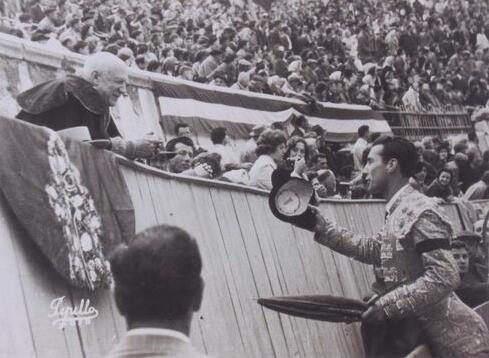
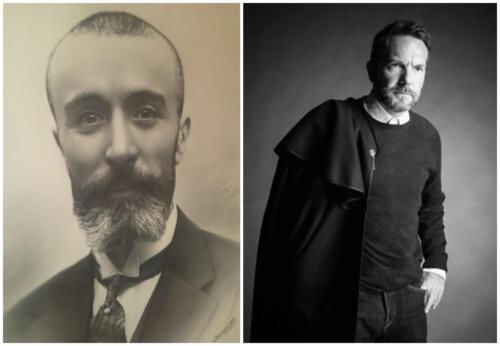
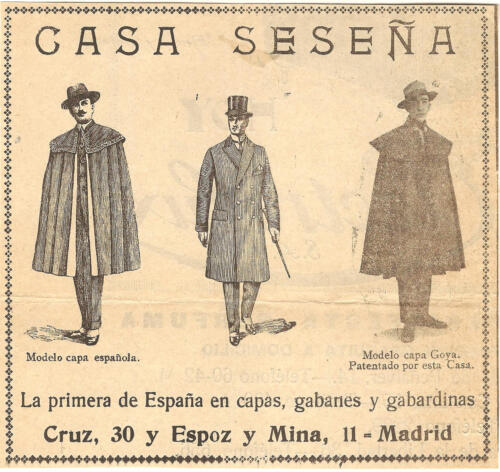
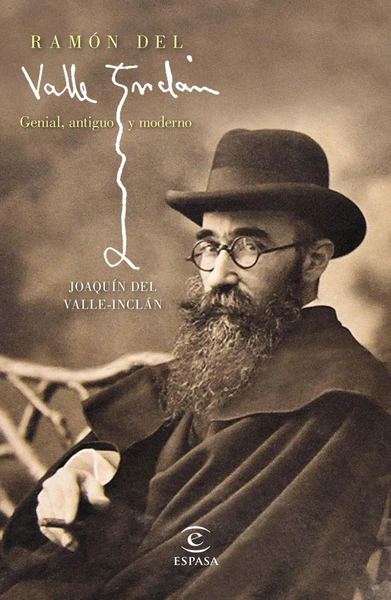

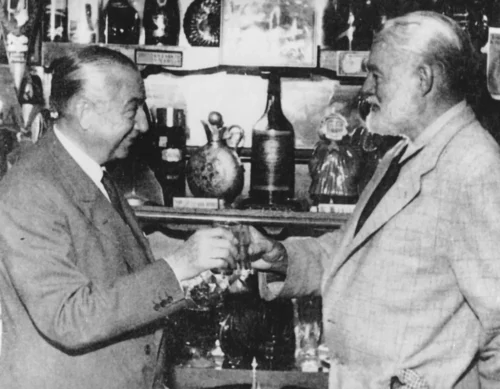
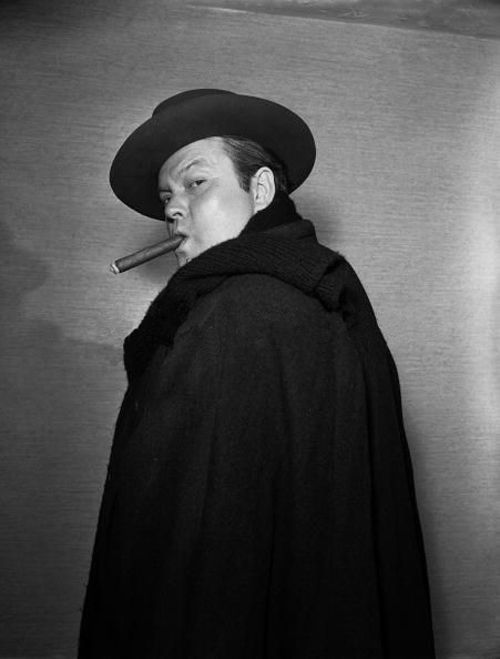
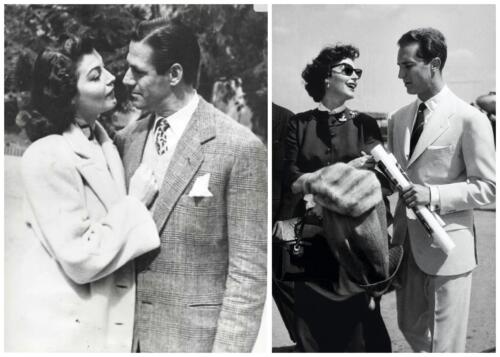
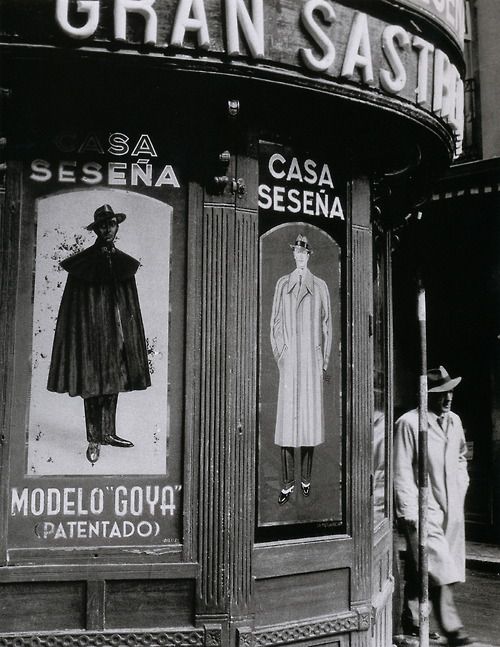

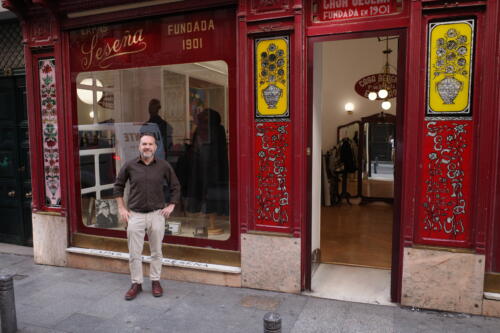


























Hi Manish, great article! very interesting.
This is a great shop for capes in Italy!
https://tabarro.it/
(A little more elegant homepage.. or just more opera..)
//Fredrik
Thanks so much, Frederik.
I’m not familiar with Tabarro, so thank you for sharing 😊
Hi Manish,
Another interesting article, from The Caped Crusader!
Sorry I couldn’t resist the opportunity! All the best.
Haha! Thanks very much, Stephen! I can feel a lot of cape puns coming my way today 😊
I’m sure you’ll be cape-able of handling them
I’d be a disappointed in PS readers if you didn’t! Especially those in Cape Town! Sorry!
Cape diem?
Would these be suitable for a visit to Cape Town?
No, but seriously, enjoyable article about a subject I really didn’t know anything about. You could say it cape, it saw and it conquered.
Ok, the puns are getting capeastrohic now, I’ll wrap up before the language-police cape-tures me!
This is a thrilling article Manish.
Apparently there was a shop in Burlington Arcade called, I think, Holbrows which made and sold capes many years ago.Correct me if I’m wrong.
Then what about Sandeman… you see that famous logo on the port bottle?
I do love capes…on raincoats. Where can I get that style today? Maybe Grenfell raincoats?
Here’s an example of a fine family firm that has survived intact and going strong.
I would love to hear more stories like that…. family firms that have survived… be it in Madrid, London, Italy etc.
Thanks so much, Lindsay.
I’m not aware of an old cape shop in the arcade but maybe a reader can help here?
Yes, the Sandeman logo was based on a student’s cape from the University of Porto.
The Seseña cape is water resistant but definitely not water proof. I think Grenfell used to have something.
How about this from Cordings? https://www.cordings.co.uk/fawn-inverness-mackintosh-cape.html?currency=GBP&gad_source=1&gbraid=0AAAAAD-bq0FVRK6cjvhCTP_Qcd_v3yqL4&gclid=EAIaIQobChMI9vKVnNCFhwMVPpJQBh1Bdg4yEAQYASABEgKIlvD_BwE
Many thanks for your help.
Yes,Grenfell did have something, I think.
I have this exact cape. My least justifiable purchase ever. Except on days when it’s pouring, when I feel very dry and smug.
Cordings and mackintosh did a collaboration recently. They may still have some Inverness capes left. I got one and wear it when the rain is quite heavy. On those days only it always gets a lot of envious comments. Any other day it’s a costume.
That light-coloured suit on Luis Miguel Dominguín…!! Wow, wonderful
It’s a beauty isn’t it?
Loved this Manish, a great read…
Thank you so much, Tony 🙏🏾
This is so cool! But man, it’s hard to imagine this is still a thriving business. It looks great and the craftmansship is undeniable but I would never ever wear one…
Thanks Nils!
I totally understand. There will be a bit more about who does wear them in part two 😊
I’ll be sure to read it Manish, you’ve piqued my interest in any case.
Thank you! That’s great to hear 😊
I too cannot see myself ever wearing a cape, though I could certainly go for a cigar like the one Orson’s smoking there.
An interesting read!
Part of me does wonder though… it’s a fairly big world out there, are they really the only dedicated cape shop in the whole world? How hard have they tested this claim? This is partially countered by the contrasting thought of who still buys capes these days?
The police used to wear capes as uniform until the 1960s. They then appeared in the surplus shops and were briefly a youth fashion in 1966/7..
Great read! I am curious if there are a couple of other shops you’d recommend visiting in Madrid, offhand.
Thanks Eddie.
Check out Camiseria Burgos, Calzados Lobo and Sombrerería Yoqs
Capes are something I truly like the look of but struggle to see myself ever wearing. I’m used to wearing things that are a bit out of the ordinary, whether it’s a fedora (albeit increasingly rarely in the last few years), a waistcoat and pocket watch, or a jacket when no one else is wearing one. A cape just feels that bit too much into costume territory, which is a shame because few other garments cut as dramatic a silhouette or give the wearer the same air of mystery.
I look forward to your follow-up article to see who wears capes still and how.
Great articule, pleasure to read.
Totally unrelated but what are the best menswear shops in Ireland? I’ll be in Dublin and Galway in November and have had some difficulty finding anything at the PS level. Thank you for your help!
I must have one of these capes.
What a wonderful piece.
Thank you so much, CDBP.
I hope you get one 😊